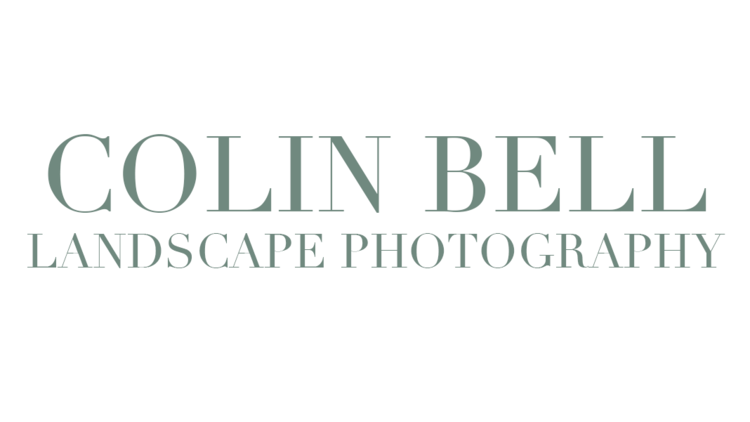When I first mulled over the idea of producing a book I had no real idea of what was involved. It was an thought that had been tossed around in my mind for quite some time before making it to the stage of a discussion with Justin, a good friend and photographer, at one of our regular coffee shop get togethers ("Yours is the World" - Parbold, highly recommended by the way). I drew on my experience in video games where 'rapid prototyping' is the norm. In the early days of video games, finished products could be made in a matter of weeks. An anecdote I've heard, and I've no doubt that it is true, is that an aspiring video games publisher placed an advert for three new games on the back of the most popular computer magazine of the day. None of the games existed at the time, they simply developed them based on which one got the most orders; some unsuspecting programmer and artist no doubt working all the hours in order to develop the game within days and the publisher fulfilling with finished tapes within a couple of weeks.
Fast forward thirty odd years (very odd years!) to now, where video games can take anything from 2 to 5 years to develop with costs of tens of millions of pounds. During that time, development processes have moved on and early 'green light' phases of development mean that its very important to make something that 'looks finished' very early on in development. Corners are cut, facades are built, quick and dirty place holder content is used with the whole aim of persuading execs that the money is worth spending because 'look at what it will be when it is finished'. Agile development practices took this a stage further so that all technical challenges through the whole process were 'rapidly prototyped' in order to de-risk a project.
Anyway, I've digressed enough here, suffice to say that when faced with the unknown, my instinct it to 'create something that looks finished' as quickly as possible. Make it tangible. What does it feel like? What does the prototyping phase tell me about what I'll have to go through if I go on and make a finished book!
Into my inbox pinged an offer from Blurb, the online book company, 40% off all orders before the end of the week. What did I have to lose? So I opened Lightroom and spent the whole weekend putting together a 'finished' book using their book creator. I approached it as if the book was going to go on sale, so it was complete in every way apart from a foreword. Two weeks later I had it in my hands, a hardback copy of my book concept 'Healing'.
My first prototype book from Blurb. Lots has changed since then!
I wasn't really interested in how the images looked, or even how they flowed together, it was something a little more intangible: how did it feel? Does it feel like a book worth making? Is there a point to it that is greater than a portfolio of my work?
Another few cups of coffee with Justin and we both agreed that it worked. Or at least there was enough there to give me confidence that if I spent time developing the idea then the end product would be something worthwhile.
Blank books made up from different types of paper.
And so, over the next few months I prototyped lots of things in the same way! I should thank here and now both Greg from Kozu Books / Wells Printing in Bath and John from Johnsons printing in Nantwich, both of whom helped me along this path. Alongside the Blurb book, I have mock up books showing various sizes. Another set showing various different papers. And 3 full colour iterations of the book design as work in progress, these are just spiral bound to keep costs down during this phase.
Various prototypes showing the different sizes considered.
Today, I've received the final one of those, a near complete version of the full book. Digitally printed, using Indigo machinery, it is probably the final prototype that I will do before the book goes to full litho press on the 3rd of May. The purpose of this one is to give to Joe Cornish, so that he can revise his foreword based on the final layout and words.
Once I have that, the only addition then is to add any further pre-order names to the 'thanks' section at the back of the book.
Read more about how to pre order the book below.



